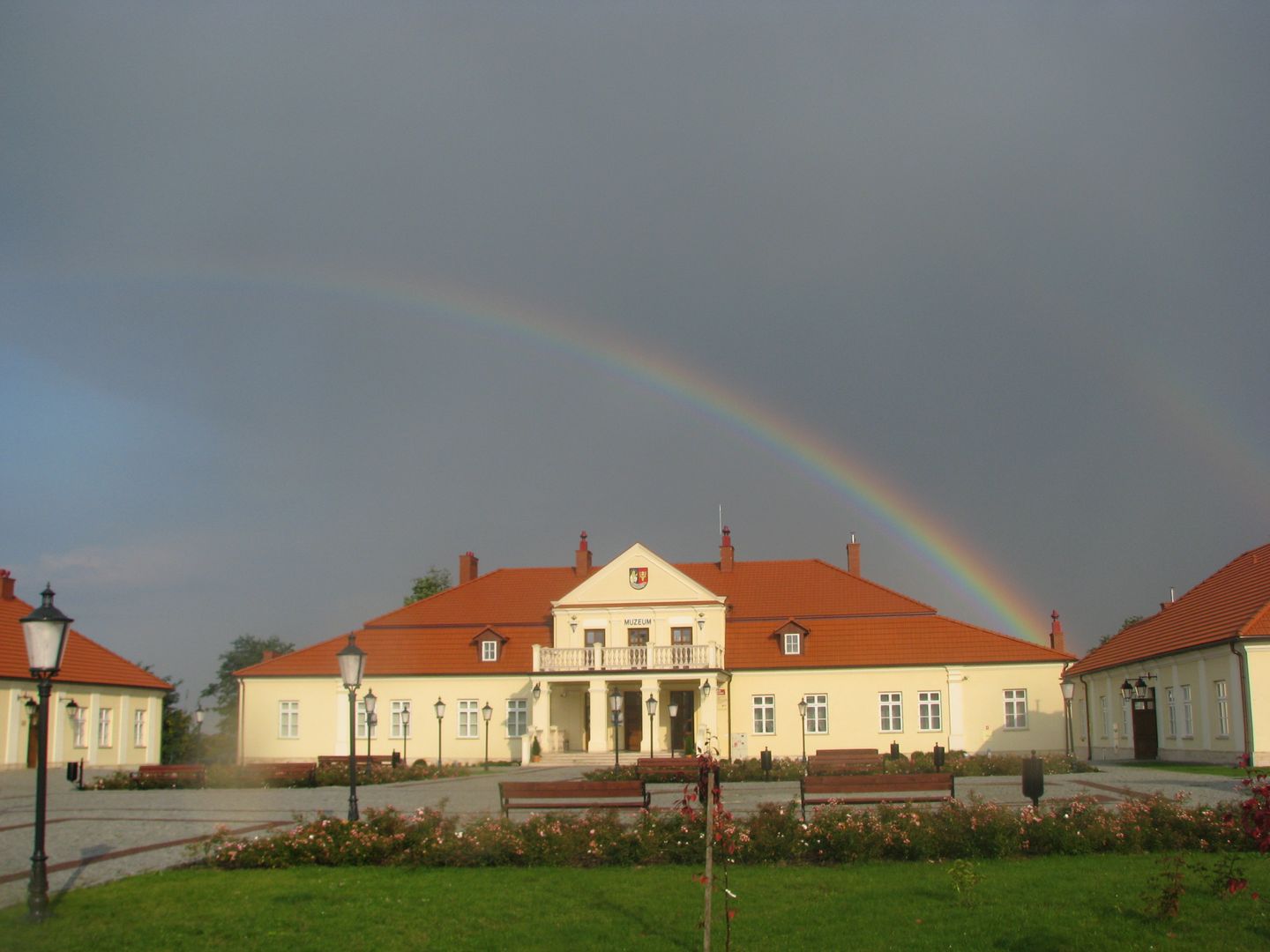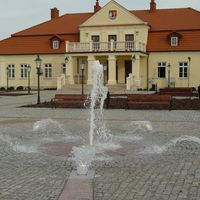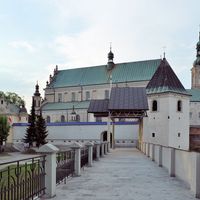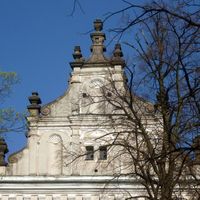Lezajsk
7.11

Overview
Leżajsk is a town in Poland, located in the northern part of the Podkarpackie Voivodeship, in the San River valley. It serves as the seat of Leżajsk County, with a rich history dating back to the times of the Lędzianie tribe, making it one of the oldest towns in southeastern Poland. Leżajsk was granted town rights in 1397 by King Władysław Jagiełło, which contributed to its development. The town was repeatedly established and exposed to invasions, including those by the Tatars and Swedes, which significantly influenced its growth. During the partitions of Poland, Leżajsk came under Austrian rule, and after World War II, it underwent significant demographic changes due to the resettlement of the Ukrainian population. Architecturally, it features notable sites such as the Church and Monastery of the Bernardine Fathers, the town hall, the Holy Trinity Parish church complex, and the former starosta's manor, now the Museum of the Leżajsk Land. The town is also home to the Museum of the Bernardine Fathers Province, which showcases the local cultural heritage. Leżajsk is a cultural center, with the Municipal Cultural Center and music schools. The town also has sports traditions, with the MZKS "Pogoń" Leżajsk football club and various sports sections. It is also worth mentioning the ohel of tzaddik Elimelech, a site of pilgrimage. Leżajsk cooperates with partner cities, including in Ukraine and Hungary, highlighting its openness to international collaboration. The town serves as an important service hub for the region and continues to develop, rich in history, tradition, and cultural life.
Location
2025 Wizytor | All Rights Reserved


